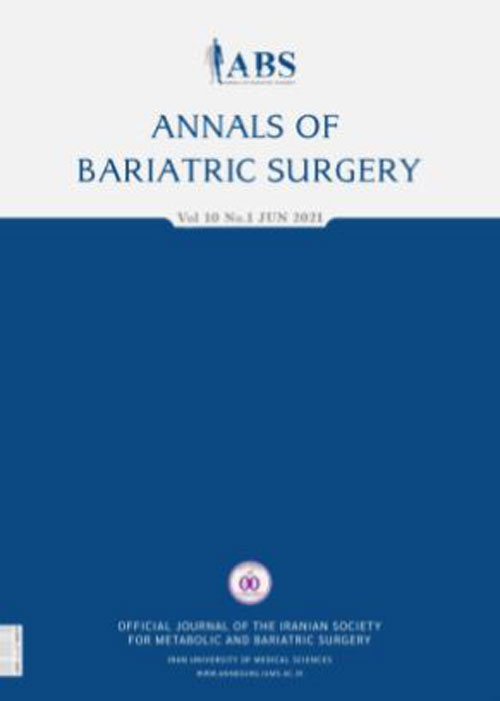Clinical Predictive Factors for Diagnosis of Endometriosis in Iranian Infertile Population
Author(s):
Abstract:
Background
Endometriosis changes the management of infertile women..Objectives
Our aim was to evaluate some of the clinical predictive factors among an Iranian infertile population..Patients and Methods
Infertile women, scheduled for diagnostic laparoscopy, were recruited into the study and their information including age, weight, height, educational level, marriage and breast-feeding duration, history of fertility, menstrual characteristics, dysmenorrhea, and dyspareunia were collected. Clinical characteristics were then compared with laparoscopic results..Results
Of 441 infertile women, 82 (18.6%) had endometriosis. No statistically significant difference was identified in the participants’ age, educational level, duration of breast-feeding, duration of infertility, and menstrual flow. On the contrary, women with endometriosis had longer duration of marriage (OR = 1.03, P = 0.002), older age at first pregnancy (OR = 1.21, P < 0.05), lower BMI (OR = 0.9, P = 0.001), shorter interval of menses (OR = 0.98, P < 0.05), and history of irregular menstrual cycles (OR = 0.54, P < 0.05), compared to those without endometriosis. The risk of the endometriosis also decreased significantly with increased numbers of previous pregnancies. The OR for endometriosis in the presence of dysmenorrhea and dyspareunia were 1.80 (1.02 - 3.04) and 1.82 (1.01 - 3.29), respectively..Conclusions
Lower BMI, longer duration of marriage, shorter menstrual cycles, dyspareunia, and dysmenorrhea are predictive factors for diagnosis of endometriosis in infertile population. These clinical factors should be considered prior to diagnostic laparoscopy for infertility..Keywords:
Language:
English
Published:
Annals of Bariatric Surgery, Volume:4 Issue: 3, Summer 2015
Page:
1
https://magiran.com/p1457603
مقالات دیگری از این نویسنده (گان)
-
Does laparoscopic treatment of deep endometriosis improve sexual dysfunction
, Shahla Chaichian*, Samaneh Rokhgireh, Kobra Tahermanesh, Shahla Mirgaloybayat, Reza Saadat Mostafavi, Sepideh Khodaverdi, Marziyeh Ajdary, Mahin Ahmadi Pishkuhi
Caspian Journal of Internal Medicine, Spring 2023 -
Effect of Fast-Track Surgery under ERAS protocol in Laparoscopic Hysterectomy: A Randomized Controlled Trial
Minoo Gharouni, Abolfazl Mehdizadeh Kashi, Shahla Chaichian, Zahra Azizian, Kobra Tahermanesh, Samaneh Rokhgireh *
Journal of Obstetrics, Gynecology and Cancer Research, Jan-Feb 2023



